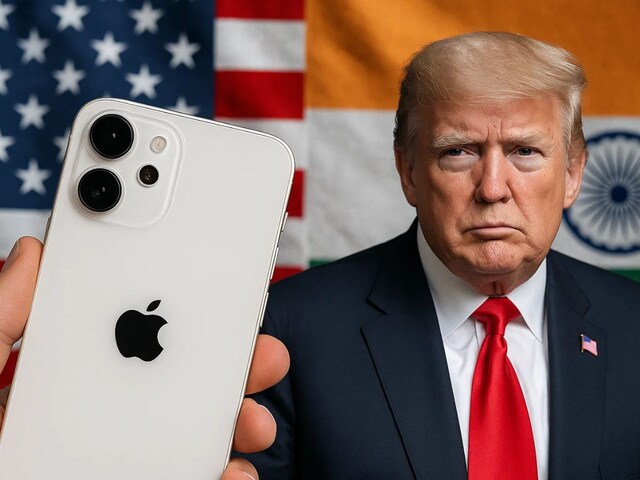India now faces a formidable challenge as the Trump administration enforces a 25 percent import duty on a broad swath of Indian exports. This measure directly targets key industries—electronics, pharmaceuticals and textiles—that have seen surging growth over the past decade. India’s rapid ascent as a global manufacturing hub, especially in smartphones, has been powered by strategic shifts by firms such as Foxconn, which between March and May shipped $3.2 billion worth of iPhones from India to the US. With 97 percent of those exports destined for America, the sector stands to bear the brunt of these new levies.

Apple, which has relocated roughly 15 percent of its iPhone production from China to India, may pass these added costs to consumers. Early estimates suggest that if Apple absorbs the full tariff, the iPhone 17 Pro Max’s US retail price could soar to nearly $2,300 (around ₹1.9 lakh), setting a record high for the device.

Beyond smartphones, India’s generic drug makers and active pharmaceutical ingredient exporters confront escalating input costs that could shrink profit margins and jeopardize supply chains. With India supplying an estimated $8 billion in pharmaceuticals to the US annually, companies are exploring alternate markets and hedging strategies to mitigate risk. Simultaneously, the textile sector—which accounts for roughly $3 billion in US-bound apparel and fabrics—may see its competitiveness eroded as American importers seek lower-cost alternatives from Vietnam or Bangladesh.
Learn more about US-India trade tensions and how Apple’s India strategy is evolving.
The tariff imposition stems from bilateral tensions over India’s procurement of Russian oil and defense equipment. The White House has framed the duties as leverage to rebalance trade, underscoring concerns that India’s purchases from Russia weaken US geopolitical interests. While the move aims to compel New Delhi to align more closely with US policy, experts caution that it could backfire by triggering reciprocal barriers and disrupting global supply chains.
Indian policymakers and industry leaders are already in talks with US trade representatives to seek exemptions or phased implementation. Proposed remedies include leveraging rules of origin to demonstrate US‐made component content or negotiating tariff reductions for critical sectors. Meanwhile, companies are accelerating plans to diversify production, strengthening supply‐chain resilience by sourcing parts from Malaysia and Vietnam. These adaptations may soften short‐term shocks but underline the need for a more comprehensive trade framework between the world’s two largest democracies.
